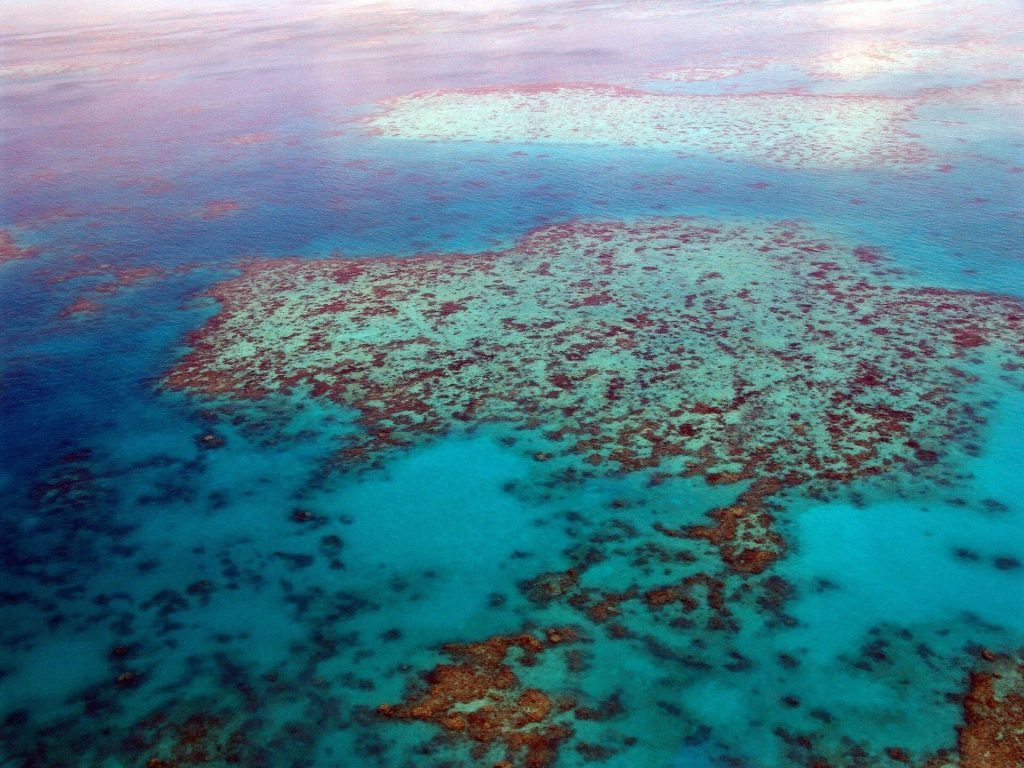In a world where climate change is posing serious threats to our planet, a recent study sheds light on the resilience of the Great Barrier Reef during past sea level changes. By exploring history, scientists offer insights into how these majestic corals have adapted and what this might mean for their future. Let’s dive into this fascinating journey of survival and adaptation.
Rising Waters and Ancient Responses
Over the past century, global sea levels have surged to heights not seen in thousands of years, driven by climate change. Estimates indicate that by 2100, sea levels could rise by as much as 1.6 meters or even more, primarily due to the rapid melting of ice sheets in Antarctica.
This increase poses significant challenges for coastal ecosystems, including the vibrant yet delicate coral reefs. To anticipate the potential effects of current changes, understanding historical responses is crucial.
In a recent study published in Nature Communications, researchers investigated how the Great Barrier Reef reacted to a dramatic sea level rise about 13,000 to 10,000 years ago. This was during an era known for its tumultuous environmental changes.
Echoes from the Past
One notable event termed “meltwater pulse 1B,” had been the subject of much debate among scientists. Occurring around 11,500 years ago, it marked a period when vast ice sheets melted, resulting in rapid sea level rises. Early studies suggested a staggering increase of around 14 meters in a span of just 350 years, a shocking rate ten times faster than what we observe today.
Yet, this radical claim soon faced challenges from more recent findings in locations like Tahiti and, crucially, the Great Barrier Reef. These new insights suggested a much more gradual sea rise, prompting scientists to revisit and recount the reef’s story.
Unearthing Secrets from the Reef
Interestingly, shallow-water reefs can “drown” if water levels rise too rapidly, as corals need sunlight for their growth. Yet ongoing challenges from sediment, temperature fluctuations, and nutrient influxes also play significant roles in a reef’s wellbeing.
The researchers obtained core samples from ancient coral reefs dotted along the continental shelf of the Great Barrier Reef. These cores serve as geological time capsules, preserving vital records of past reef life and informing us how these ecosystems thrived—or struggled—during earlier environmental upheavals.
A fascinating insight from an expedition in 2010 revealed five stages in the growth and decline of the reef, reflecting its responses to significant global climate changes over the past 30,000 years. One intriguing stage, dubbed the “proto-Great Barrier Reef,” formed during that key period of rapid sea level rise.
A Testament to Resilience
The study uncovered a remarkable story: the Great Barrier Reef didn’t just survive the challenges of the past; it thrived. Evidence suggests that during the meltwater pulse 1B, the reef continued to grow healthily, maintaining vibrant communities in shallow waters. Its growth rate during this tumultuous period was between 4 and 6 millimeters per year, comparable to modern rates.
With the highest possible sea rise during this event estimated at no more than 10.2 meters over 350 years, the findings offer vital reassurance—the reef demonstrated impressive adaptability in the face of environmental change.
The Present and Future Challenges
Yet, while the Great Barrier Reef thrived 11,000 years ago, today’s conditions are dramatically different. Human activities have introduced new challenges, from pollution to accelerated warming, putting tremendous stress on these ecosystems.
Recent reports from UNESCO express deep concern regarding the health of the Great Barrier Reef, highlighting the urgent need to address these modern threats.
The insights drawn from this research indicate that while a rapid sea level rise of over 11 meters is unlikely without catastrophic ice sheet instability, the current trajectory of climate change still puts reefs at risk. The earlier resilience of the Great Barrier Reef is a testament to its adaptive capacities, but there’s a limit to its endurance amid today’s environmental stresses.
Moving forward, protecting our reefs calls for a holistic approach. We must not only treasure the lessons from the past but also actively reduce emissions, manage pollution, and promote practices that support coral health. By respecting and safeguarding these underwater treasures, we can work towards a future where the reefs continue to flourish.
If you would like to see similar science posts like this, click here & share this article with your friends!



